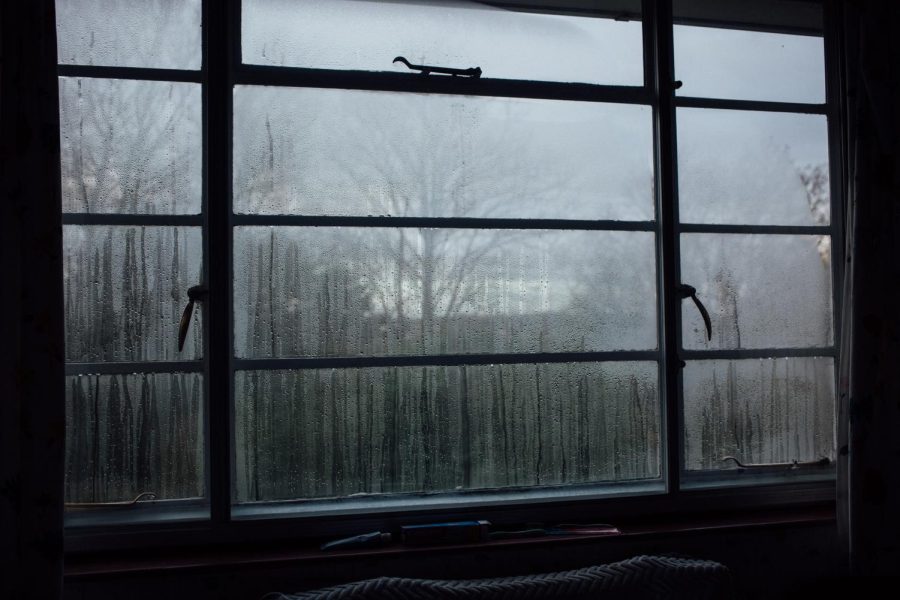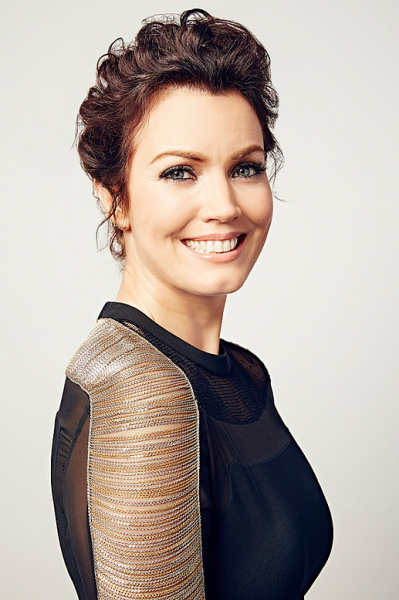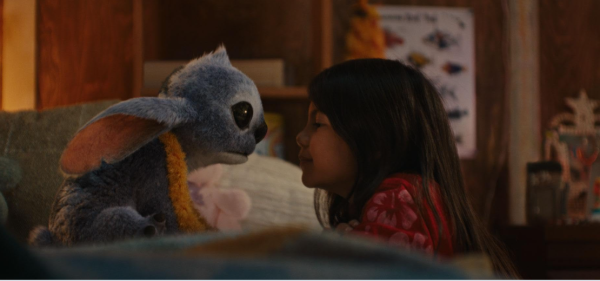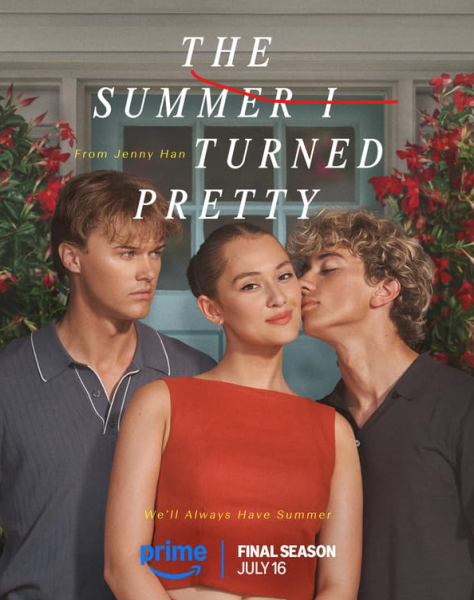COMMENTARY: The rise and fall (and rise again) of YA dystopia
After the announcement that “The Hunger Games” prequel “A Ballad of Songbirds and Snakes” will be turned into a film, Tiktok has exploded with Hunger Games content from cosplays, intricately developed fan theories and edit after edit .
While one of the primary reasons for this rise in popularity is the movie’s upcoming release, the true source runs deeper than that. Dystopia as a genre addresses the problems in a society (typically in a satirical manner), by presenting a fictional world which is entirely dictated by some kind of solution to this problem.
When “The Hunger Games” first rose to popularity in 2011, it galvanized aspects of the dystopian genre as filtered through Young Adult fiction (known as YA), including tropes such as a young female protagonist with a tragic backstory, a forced love triangle, and so on. But it also rode the waves of increased senses of dread and fear of the government that became rampant in the 2000s. This nihilism took a different shape in YA dystopian works, in that they allowed a hero–a rebellious youth who took charge and made change–to hold their ground and stand against the rising tide.
The youth of America took it as a sign to do just that.
In the 2010s, there were marches organized, the #MeToo movement and overall just a culture of the youth pushing towards changing a world that reflected too much of the dystopian worlds they read about and watched on screen. They took inspiration from feminist protagonists, who led marches and revolution against oppressors, bringing change to their world.
But just as the youth’s motivation grew, the very ideas of dystopia that had once propelled them forward fell into a one-dimensional pattern.
The YA dystopian novel and dystopias in general became depressingly mainstream, no longer a motivator for change. Everything that had made the genre popular and revolutionary in the first place was overdone to the point of it becoming meaningless. Aspiring dystopian writers took the tropes of the Hunger Games, refusing to take their own shot at creating unique worlds or enduring messages, resulting in soulless stories for an increasingly displeased reader base. Dystopias like “Divergent” and unneeded extensions like the TV adaptation of Margaret Atwood’s seminal “The Handmaid’s Tale” rendered YA dystopia somewhat of a joke.
There is nothing to respect in a genre that no longer cares to push the boundaries and limits; there is nothing to gain from something so soulless and without heart. This, it seemed, would be the end of the young adult dystopia.
Yet, in early 2023, endless theories and discussions of “The Hunger Games” came pouring in throughout TikTok, leading to a seemingly endless flow of content. And as the months progressed, it became clear that this so-called “fad” was far from a trend.
Dystopia, mimics current society. And Generation Z, much like the Millennials a generation before, is not wrong in seeing the dystopian development of the world. With all these fun cosplays and fan theories about “The Hunger Games,” there’s also a deep analysis that addresses the real similarities between current America and the imagined country of Panem, like the tumultuous political climates and legislation against rights of minorities.
Books have the power to provide perspective no one’s ever thought of and allows the world to be seen through a critical lens.
The dystopian genre is being reintroduced to the world, this time hopefully without the same pitfalls of before. It’s only a matter of time before the youth sees the revolution in themselves too.






